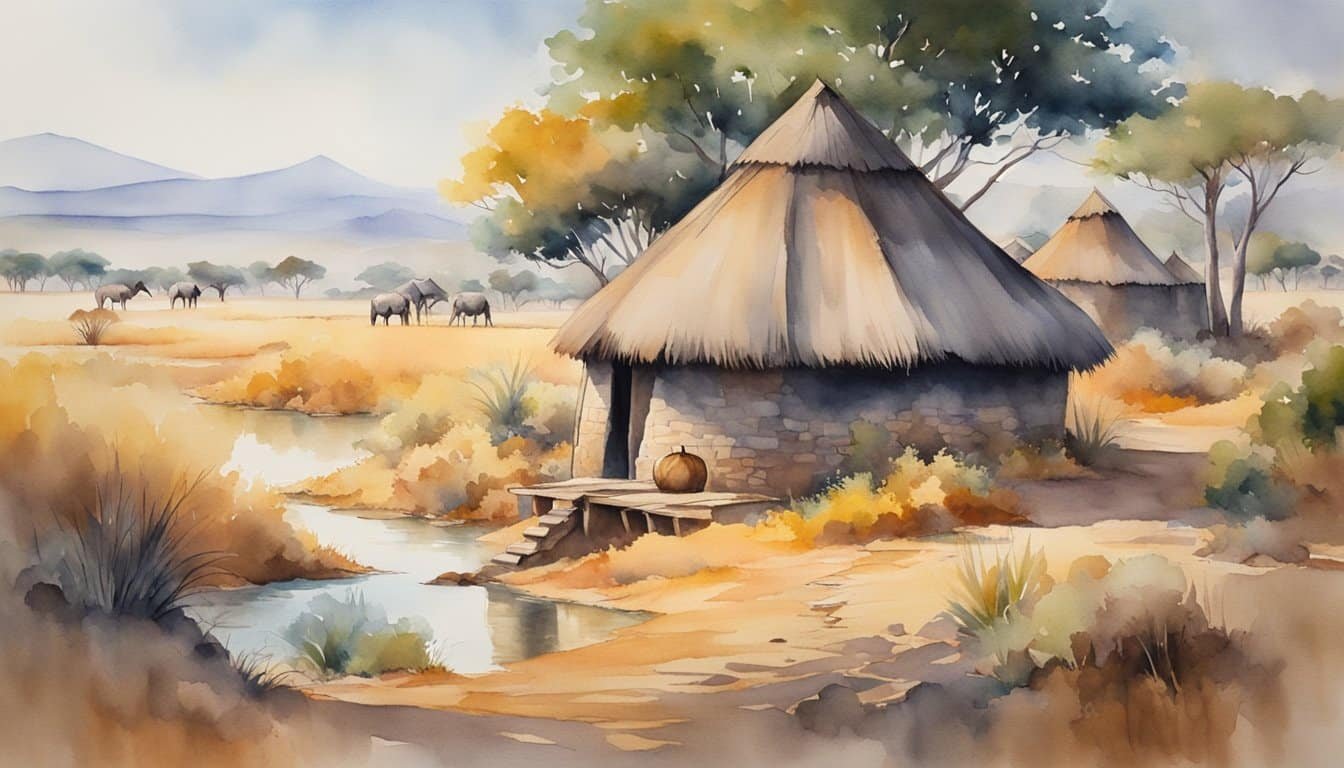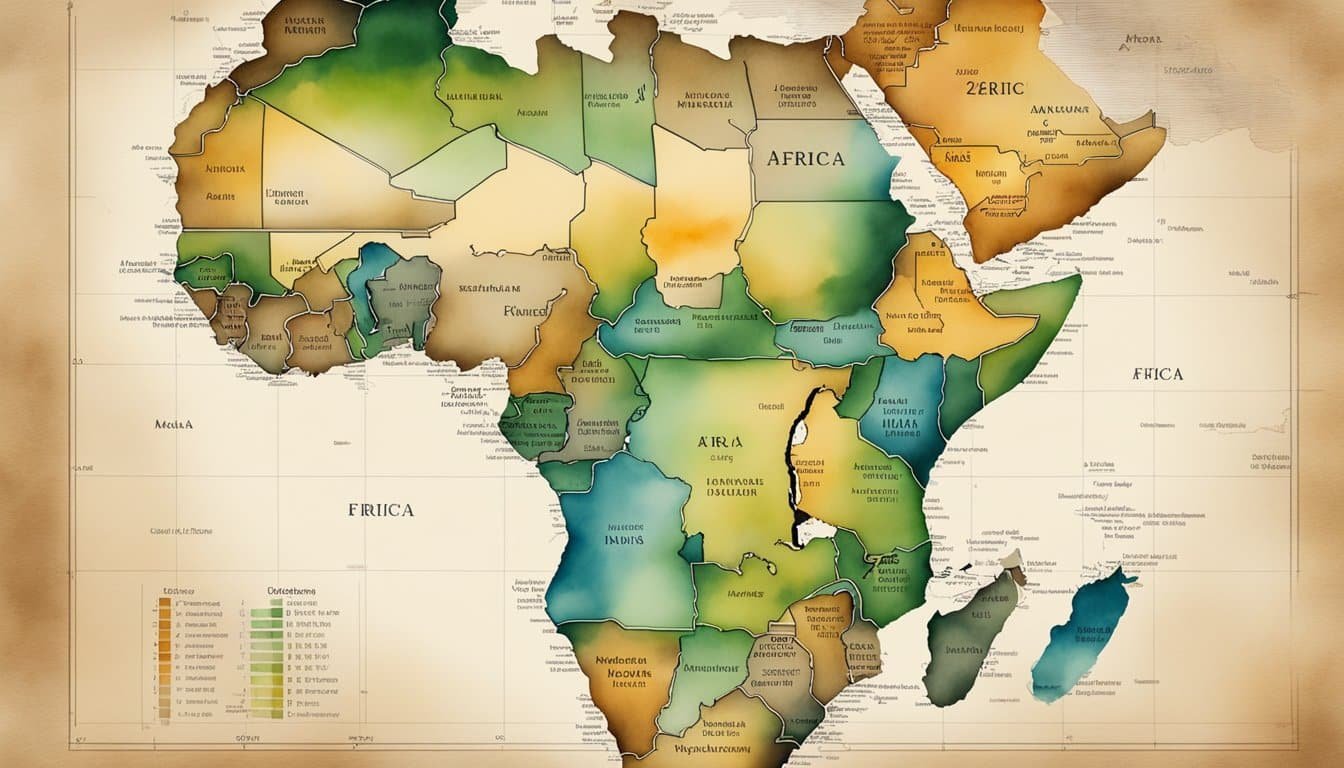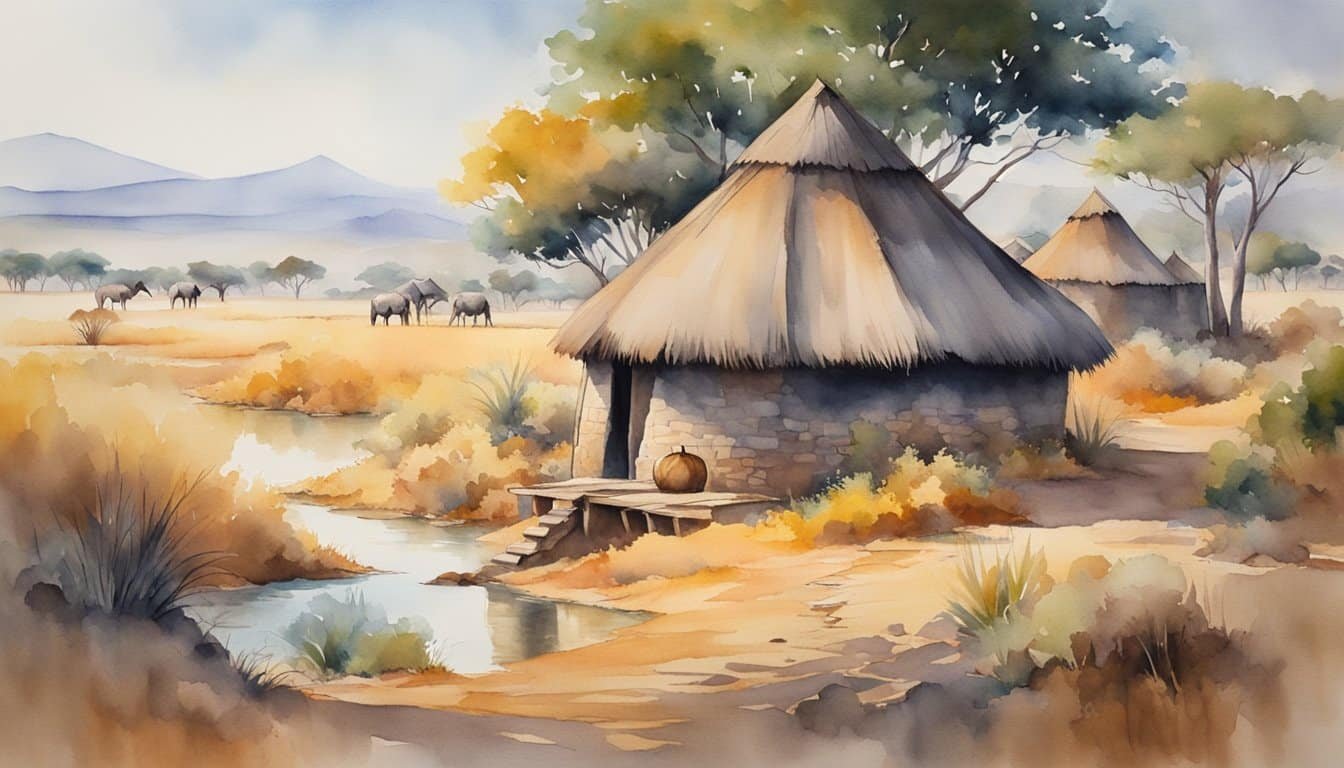Geography and Size of Africa
Africa, a vast continent straddling the Equator, is the second-largest in the world by land area. Boasting a rich tapestry of climates and geographical landmarks, this continent has intrigued explorers for centuries.
Geographical Orientation
Africa is uniquely positioned with both the Tropic of Cancer and the Tropic of Capricorn passing through it, bisected almost equally by the Equator. The continent is flanked by the Mediterranean Sea to the north, the Indian Ocean to the southeast, the Red Sea to the northeast, and the Atlantic Ocean to the west. The geographical extremities of Africa include Ras ben Sakka in Tunisia as the northernmost point, Cape Agulhas in South Africa as the southernmost point, Ras Hafun in Somalia as the easternmost point, and Cape Verde as the westernmost point.
Size and Global Rank
The sheer size of Africa is astounding, encompassing a total land area of about 30.37 million square kilometers. This vast expanse of land makes Africa the world’s second-largest continent, right after Asia. It spans over 8,000 kilometers from north to south and contains a wide variety of climate zones and natural features.
Major Geographical Features
Africa’s geography is dominated by the expansive Sahara Desert in the north, the largest hot desert in the world. Not far from the Sahara is the Nile, the longest river on the planet, winding its way through multiple countries to the Mediterranean Sea. Africa’s highest peak is the snow-capped Mount Kilimanjaro in Tanzania, a country which also along with Kenya serves as the leading industrial area of East Africa. Unique climate zones can be found atop the Ethiopian highlands, while the Atlas Mountains stretch across the northwestern stretch. Not to be forgotten, the seemingly isolated Sinai Peninsula bridges Africa to Asia via the land bridge. Thriving ecosystems and an immense variety of wildlife are nestled among these distinct African landscapes, from the lush central African rainforests to the rugged, arid landscapes of the south.
Demographics and Culture

While Africa may not be the biggest continent in terms of land area, it stands out with a tapestry of people and cultures unparalleled in its diversity. The continent is a vibrant fusion of traditions, languages, and histories that tell a story as complex as it is fascinating.
Population and Ethnic Diversity
Africa is home to a staggering population of over 1.2 billion people, a number that’s rapidly growing. It’s a patchwork of ethnicities and tribes, where countries like Nigeria alone house more than 300 distinct ethnic groups. Egypt, Sudan, and Mali are just a few examples of the countries that contribute to the continent’s vast demographic mosaic, each with its own unique cultural customs and practices.
Languages and Religions
Linguistically, Africa is extraordinarily rich; it is home to thousands of languages and dialects. Afro-Asiatic languages dominate in countries like Egypt and Libya, while in sub-Saharan Africa, Niger-Congo languages such as Swahili proliferate, especially along the revered Swahili Coast. Across the continent, Islam and Christianity are the predominant religions, with a profound impact on the cultural and social landscape.
Cultural Landmarks and History
Africa’s history is etched into its vast array of cultural landmarks—the grandeur of Carthage in Tunisia, the Roman legacies in northern Africa, and the storied ruins of Mogadishu. These sites bear witness to a rich past of historical trade with Arabia and beyond, scents of history that still linger in today’s cultural expressions and have shaped interactions within the continent and with the world, such as through the African Union.
Economic and Developmental Status

Africa’s tapestry of nations weaves a complex economic and developmental status with threads of history, resource abundance, and evolving trade relationships strongly influencing the current fabric of its diverse economies.
Agriculture and Natural Resources
Africa is a treasure trove of arable land and natural resources, yet the continent’s full agricultural potential remains largely untapped. Countries like Algeria with its expansive wheat fields, and the fishing waters of Seychelles, contrast sharply with areas in the Sahel challenged by a harsh environment. Countries have sought to leverage these resources, enhancing agricultural productivity and food security.
The Role of Trade and Economy
Trade has always been the pulse of Africa’s economic lifeblood, from the ancient empire of Songhai to the modern ports of Gambia. While the 19th century saw the exploitation of Africa’s resources, contemporary trade agreements aim to empower African nations economically. Algeria’s oil and gas, for example, play a crucial role in both its economy and the global energy market.
Impacts of Colonial History
The shadows of the colonial era loom over Africa’s development. The arbitrary borders drawn by colonizers disregarded ethnic and cultural lines, leading to conflicts that have hampered economic advancement. Post-colonial countries deal with the legacy of external control, which often positioned the extraction of resources over the nurturing of indigenous industries. This history underscores the need for home-grown solutions to propel development.
The continent’s economic story is nuanced, shaped by diverse factors such as the impact of military expenditures on development, the interplay between humans and the environment, and the pursuit of sustainable growth.

